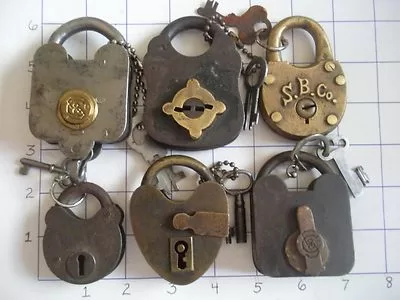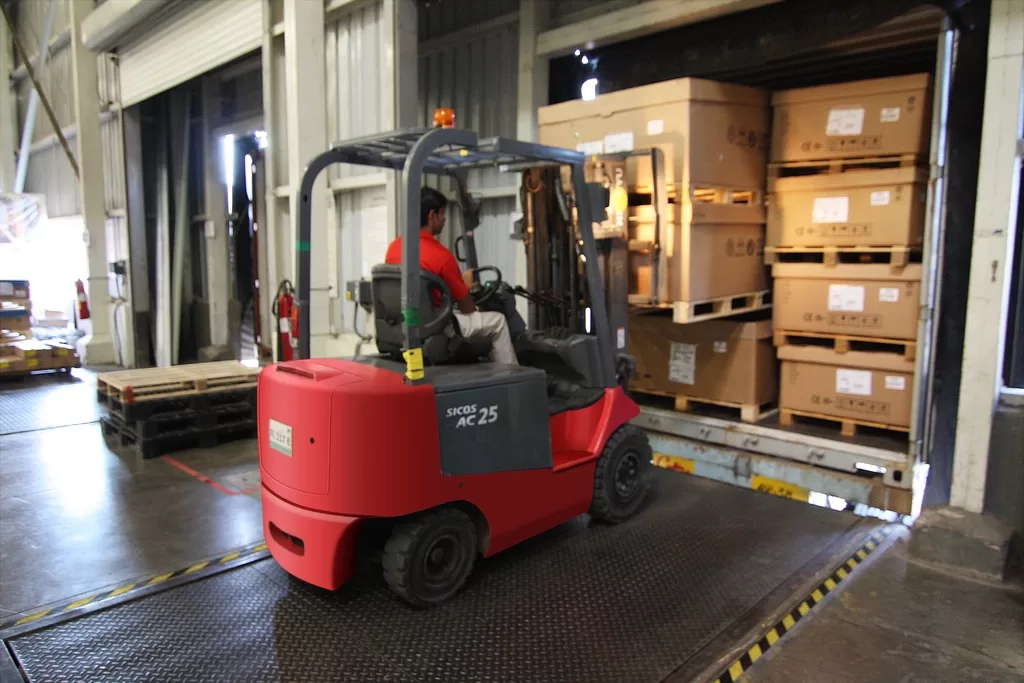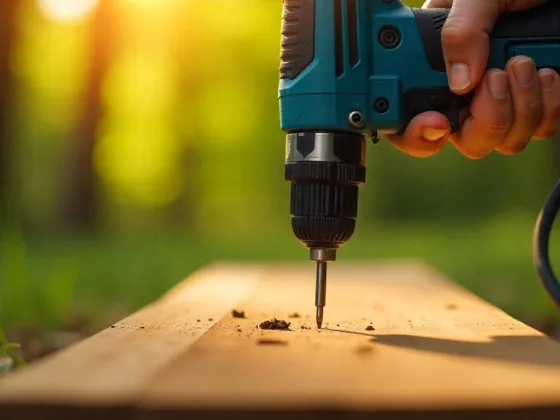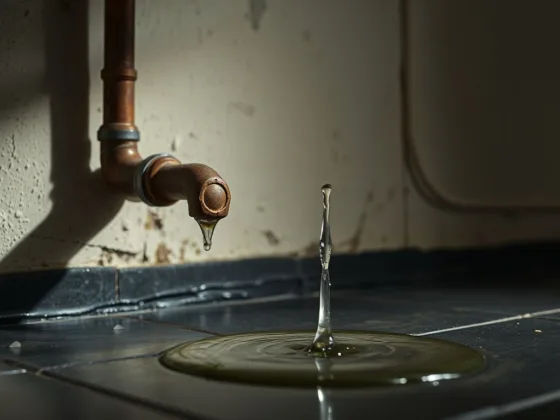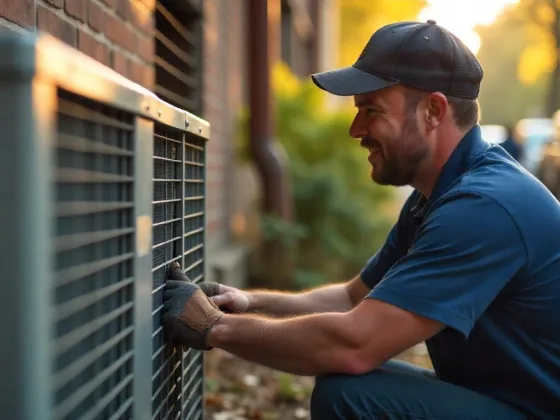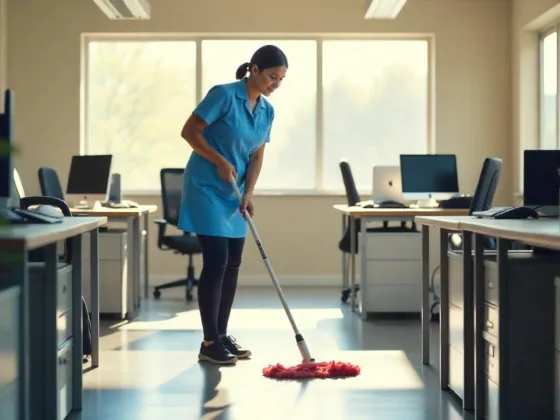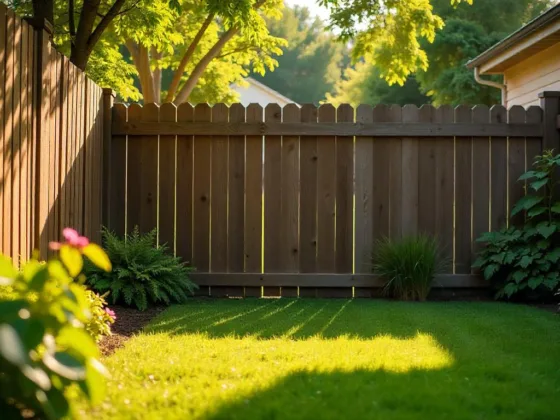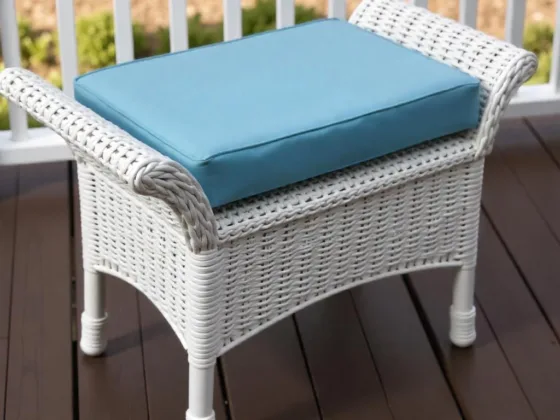As a homeowner, you want your house to look and function as well as possible. However, when you notice some unusual spots along a wall, call a Seattle dry rot repair contractor.

These spots are signs that there is dry rot in your home. Before panicking and imagining all sorts of disasters looming, let’s learn more about dry rot, what it means to have dry rot, and how to get rid of it and prevent it from coming back. Here are some useful ideas.
What Is Dry Rot?
Dry rot is the name given to a species of fungus called Serpula lacrymansI, which usually feeds off woodland timber. Its name is derived from the way it eats through cell walls that provide timber with its strength, turning it brittle and dry.
Why Did I Get Dry Rot?
You may have some wood at home that became the dwelling of spore roots. These roots, also known as hyphae, start to grow and merge, creating a growth known as mycelium. Mycelium weakens when exposed to the sun or when it doesn’t find much-needed moisture, oxygen, or useable wood.
During this stage, the fungus starts producing spore caps known as sporophores that release more spores into the air, spreading and landing on surfaces, creating more dry rot when they find the appropriate conditions.
Read Also:
How Is Dry Rot Identified?
Not every piece of suspicious-looking wood is dry rot. It’s important to call in the professionals as soon as you suspect that something is wrong because of dry rot’s ability to spread through masonry or other structural elements of the home.
Visible Fungal Growth
The mycelium is white and resembles thick cotton. It leaves behind an unusual texture similar to snakeskin and can form teardrops. The mycelium may also develop strands that are brittle and crack when you try to bend them.
At this stage, the sporophores can be identified because they resemble flat pancakes with wide pores and their surface is orange-looking. Ultimately, the fungus can develop skin in humid conditions and range from a silky gray to a white color.
What Are the Main Signs of a Fungal Infestation in My Wood?
Although you may not believe that the fungus is there, you will be able to identify two principal signs of a dry rot infestation. The first one is a characteristic musty and damp smell coming from wood that has decayed. The second and most visible sign is seeing damaged wood. Damaged wood looks dry, shrunken, and cracked in cubical shapes.
How Is Dry Rot Treated?
If you can’t eliminate the sources of moisture, it will be almost impossible to do away with dry rot. This may involve doing some research to find that leaky pipe and replacing it, repairing a hole in your roof that moisture is seeping in through, or fixing any other issues to ensure there is no more moisture.
Then, you’ll have to dry the wood. You may place fans in front of the area that displays the dry rot and open all windows to allow all the wood to thoroughly dry. Besides the emphasis on drying the wood, you may also implement any of the following alternatives to treat the problem.
Borates
Preservatives that are borate-based are commonly used to treat new wood and they are also useful when it comes to destroying dry rot in wood that’s already installed.
To make sure that the borates do an effective job, holes must be drilled in the affected wood to inject the borate solution. The borate solution can also be sprayed directly onto the damaged wood. There are different brands of borates that do a good job.
The negative of this dry rot removal method is that borate solutions are water-soluble. Although this allows the solution to penetrate the wood, it also means that the borates will wash away if the moisture problem has not been addressed.
It’s important to continuously monitor the area to confirm that no new spots of rot appear. If they do, the area must be dried and treated once again.
Glycol
Glycol, the chemical component of antifreeze, can be sprayed onto painted or coated wood surfaces. The wood will absorb it without getting damaged.
Heat
High temperatures are a good option when it comes to treating dry rot. For heat fumigation, rooms must be covered in tarpaulin and all sensitive objects must be removed from the area. This is an expensive method and it is not easily available.
Replacement
Of course, you always have the option of replacing any wood that has been damaged. Before any new wood comes in, the area must be treated with fungicides to make sure there are no traces of the fungus that can damage the new boards. Fortunately, the variety of methods available to treat dry rot has made the need to replace the wood less urgent.
How Much Does Dry Rot Repair Cost?
If you spot the first signs of dry rot early enough, hiring a local contractor to fix the problem will not make too much of a dent in your pocketbook.
If the damage is allowed to become more extensive or if the wood siding of the entire home is compromised, fixing the dry rot can run to thousands of dollars, just as much as you would have to pay if the floor joists have been compromised.
Don’t sit on a small problem thinking that it will go away on its own. Call professional dry rot removers as soon as the first signs appear.
